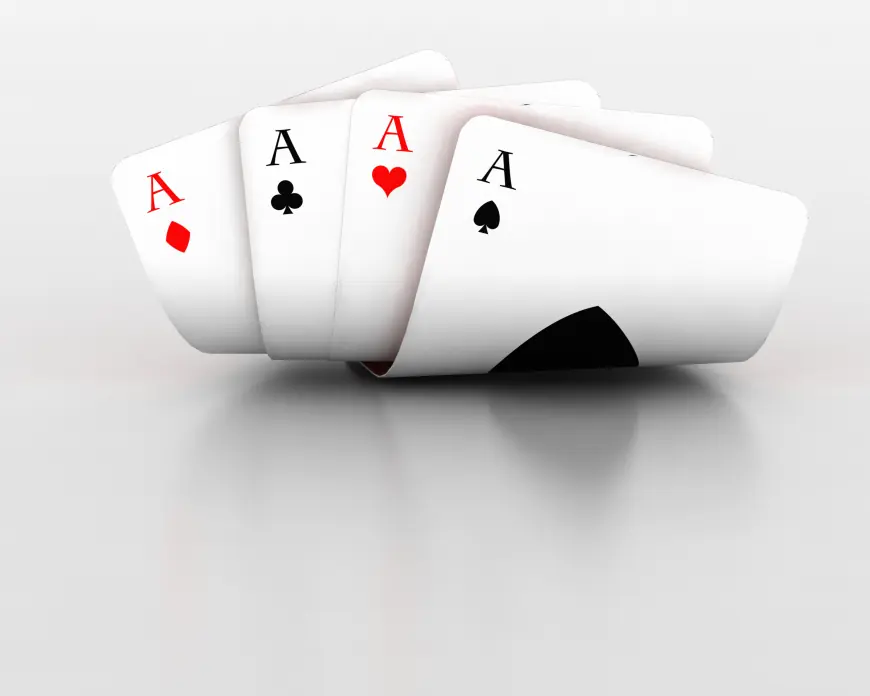3 Patti vs Poker – Key Differences and Similarities
While 3 Patti and Poker share common roots in betting, bluffing, and hand rankings, they serve different purposes. 3 Patti thrives as a cultural and social game, while Poker reigns as a global competitive sport. Whether you prefer the simplicity and tradition of 3 Patti or the depth and prestige of Poker, both games promise excitement, strategy, and unforgettable moments.
Introduction
3 Patti (Teen Patti) is often called the “Indian Poker” because of its similarities to the global game of Poker. Both are betting card games involving strategy, psychology, and luck. However, while they share some features, they differ significantly in rules, structure, and cultural importance.
In this article, we’ll compare 3 Patti and Poker, highlighting their key similarities and differences to help you understand both games better.
Origins of the Games
3 Patti
Originating in the Indian subcontinent, 3 Patti has been a household favorite for centuries. It is deeply tied to Indian culture, festivals, and family traditions.
Poker
Poker has Western roots, with origins tracing back to the United States in the 19th century. It has since become one of the most popular casino and professional card games worldwide.
Similarities Between 3 Patti and Poker
Betting Structure
Both games involve betting rounds where players can call, raise, or fold based on their confidence in their hand.
Hand Rankings
Though not identical, both games use combinations of cards to determine winners. Concepts like straight, flush, and three-of-a-kind exist in both.
Bluffing and Psychology
In both 3 Patti and Poker, bluffing is central. Players often rely on deception and reading opponents to gain an advantage.
Social and Competitive Nature
Both games bring people together socially while also serving as competitive platforms in professional settings.
Differences Between 3 Patti and Poker
Number of Cards Dealt
-
3 Patti: Each player receives three cards.
-
Poker: Players generally receive two cards (Texas Hold’em) and use community cards to make combinations.
Complexity
-
3 Patti: Easier to learn, faster to play, and suited for casual gatherings.
-
Poker: More complex with multiple variations (Texas Hold’em, Omaha, etc.) and a deeper strategy.
Hand Rankings
-
In 3 Patti, the strongest hand is a Trail (three of a kind), followed by a Pure Sequence.
-
In Poker, the strongest hand is a Royal Flush, which doesn’t exist in 3 Patti.
Cultural Context
-
3 Patti: Rooted in Indian traditions, especially played during Diwali and festivals.
-
Poker: Rooted in Western casinos and competitive tournaments.
Betting Dynamics
-
3 Patti: Players may play blind or seen, influencing bet amounts.
-
Poker: Players usually know their cards and base bets on probabilities and community cards.
Which Game is Better for Beginners?
3 Patti
Perfect for beginners due to its simplicity. The rules are easy to learn, and the game progresses quickly. Great for casual and family play.
Poker
Better for players who enjoy complex strategies and are willing to invest time in learning. It is also more rewarding in professional tournaments.
The Global Reach
3 Patti
Though traditionally Indian, digital platforms have introduced 3 Patti to international audiences. It’s becoming popular in global gaming communities.
Poker
Poker dominates global card gaming, with massive tournaments like the World Series of Poker (WSOP) attracting professionals worldwide.
When to Choose 3 Patti or Poker
-
Choose 3 Patti if you want fast-paced fun, family bonding, or cultural celebration.
Choose Poker if you’re looking for a game with deep strategy, professional competition, and global recognition.
What's Your Reaction?
 Like
0
Like
0
 Dislike
0
Dislike
0
 Love
0
Love
0
 Funny
0
Funny
0
 Angry
0
Angry
0
 Sad
0
Sad
0
 Wow
0
Wow
0



















































